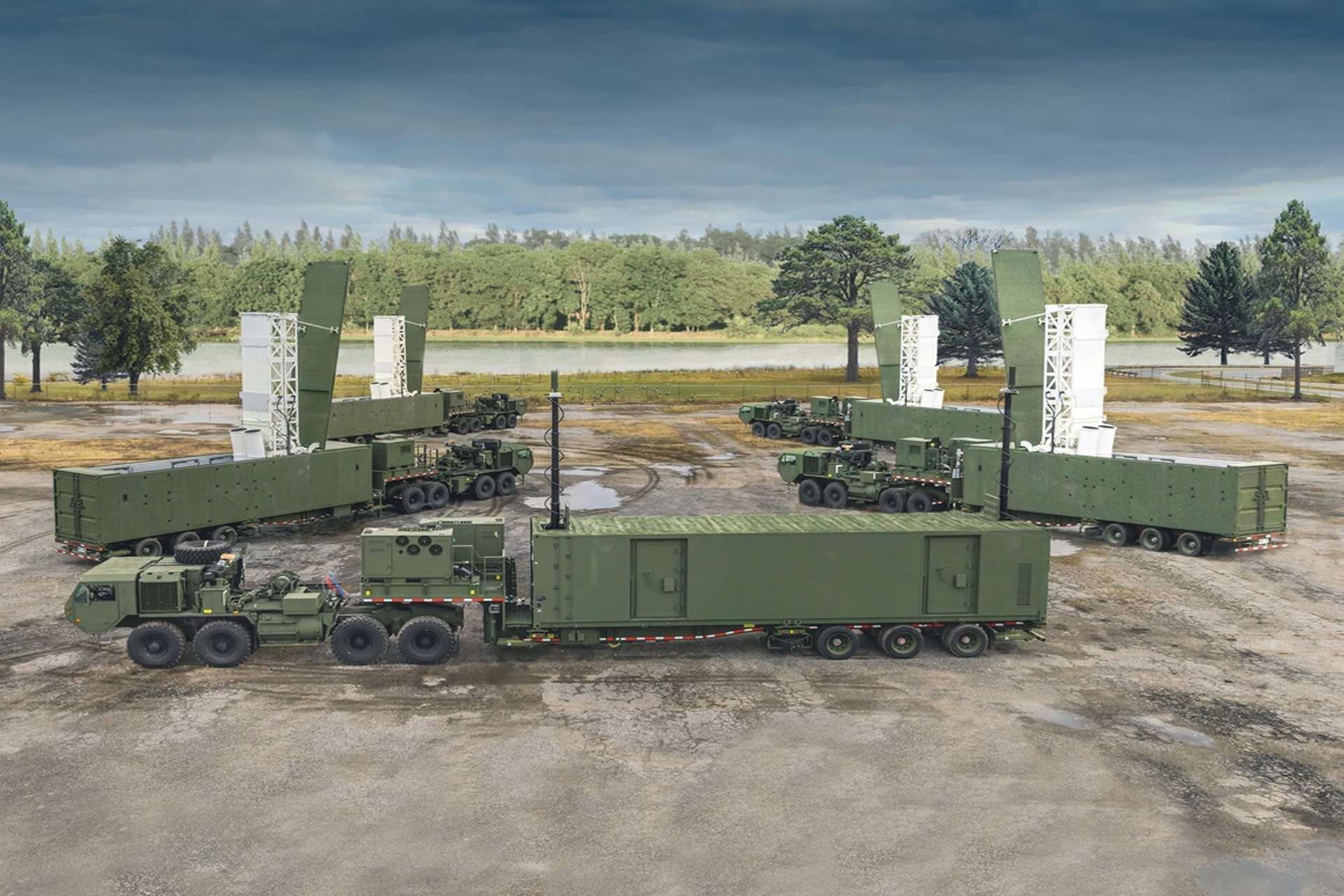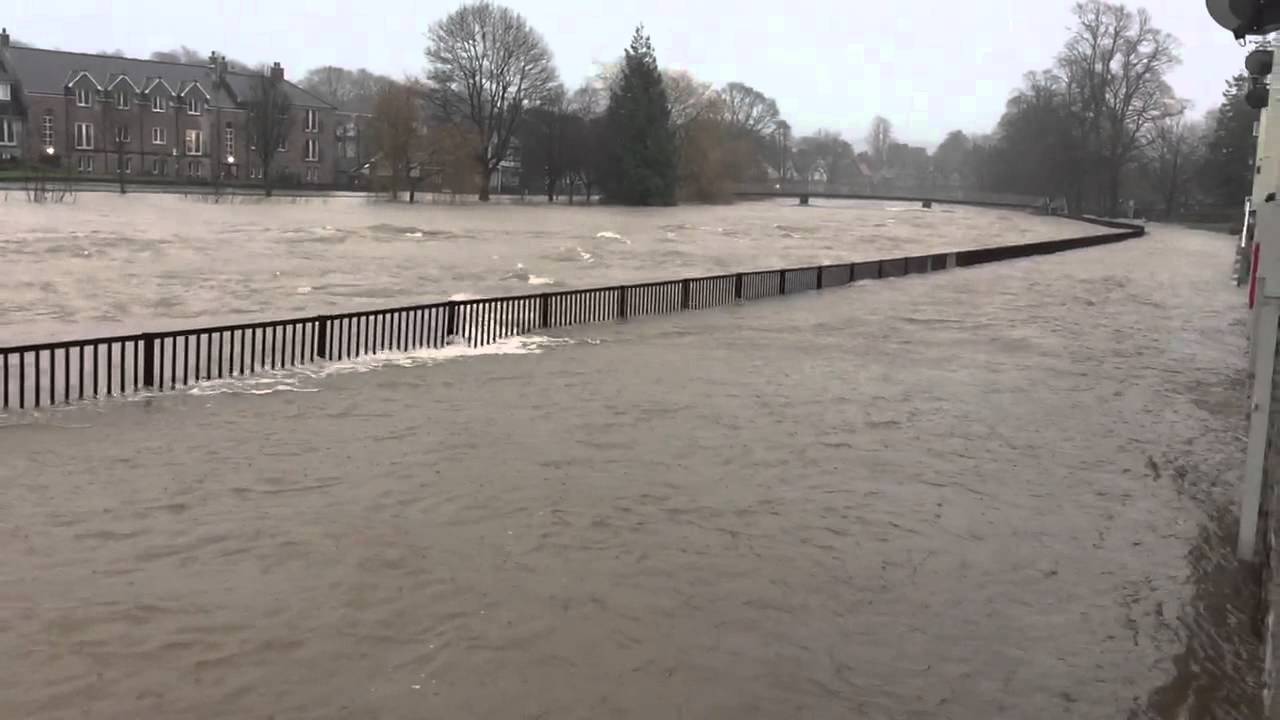School Delays & Winter Weather Advisories: What You Need To Know

Table of Contents
Understanding Winter Weather Advisories & Warnings
Knowing the difference between various weather alerts is crucial for preparing for school closures. The National Weather Service (NWS) issues several types of alerts to inform the public about impending severe weather.
Types of Weather Alerts:
- Winter Weather Advisory: This alert signifies that winter weather conditions are expected, but they are not severe enough to warrant a warning. It's a signal to be aware of potential hazards and monitor the forecast closely. Expect conditions like accumulating snow, sleet, or freezing rain.
- Winter Storm Warning: This is a more serious alert indicating severe winter weather is imminent. Significant accumulation of snow, sleet, or ice is expected, potentially causing hazardous travel conditions and disruptions to daily life, including school.
- Blizzard Warning: The most severe winter weather alert, a blizzard warning means sustained winds of 35 mph or greater and considerable falling or blowing snow reducing visibility to less than a quarter mile for three or more hours. Expect extremely dangerous travel conditions and potential widespread power outages.
- Ice Storm Warning: This warning signals the imminent threat of significant ice accumulation, which can cause widespread power outages and make travel extremely hazardous. Ice accumulation on trees and power lines can lead to damage and disruption.
Understanding the severity levels of these alerts is key to making informed decisions about your family's safety and preparedness for potential school delays or snow days. The NWS plays a vital role in providing these alerts, and staying informed through their channels is critical.
How School Districts Communicate Delays and Closures
School districts utilize various methods to inform parents and guardians about school closure announcements and school delay notifications. It's essential to be aware of these channels and ensure you're receiving timely updates.
Common Communication Channels:
- School District Website: Most school districts post updates on their official website, often on a dedicated page for weather-related closures.
- Mobile Apps: Many districts use mobile apps to send push notifications directly to parents' smartphones, providing immediate alerts about emergency school alerts.
- Email: Email is a common method for sending out mass notifications, but make sure your contact information is up-to-date with the school.
- Automated Phone Calls: Automated phone calls are another reliable method for reaching a large number of parents quickly.
- Local News: Local news channels (TV and radio) often announce school closures and delays.
- Social Media: School districts may use social media platforms like Facebook or Twitter to disseminate information.
It's crucial to sign up for school alerts through the preferred method offered by your district. Ensure your contact information is accurate and regularly check the school website for updates.
Planning for School Delays and Closures
Proactive planning is essential for minimizing disruption during school delays and winter storm events.
Preparing for Unexpected Closures:
- Backup Childcare: Arrange for backup childcare options in advance, such as a family member, friend, or local daycare center.
- Emergency Supplies: Stock up on essential supplies like food, water, and medications.
- Communication Plan: Develop a communication plan for family members to ensure everyone knows where to be and how to contact each other.
Creating a checklist of things to do before a winter storm hits is a proactive step in ensuring a smooth process. This checklist can include confirming childcare arrangements, stocking up on groceries, checking on elderly neighbors, and charging electronic devices. Having engaging activities planned for children during unexpected days off can also help to reduce stress and maintain a positive atmosphere.
Safety Precautions During Winter Weather
Prioritizing safety is paramount during winter storms.
Safe Travel Practices:
- Winter Driving Safety: Avoid driving unless absolutely necessary. If you must drive, check tire pressure, ensure your car has an emergency kit, and drive slowly.
- Safe Walking: Wear appropriate footwear with good traction to avoid slips and falls on icy sidewalks and streets.
- Cold Weather Safety: Dress warmly in layers to avoid hypothermia. Stay informed of the forecast and be aware of the signs of hypothermia and frostbite.
By taking these precautions, you can significantly reduce the risk of accidents and ensure your family's safety.
Conclusion
Understanding winter weather advisories, utilizing effective school communication channels, planning for potential school delays, and practicing safe travel are crucial elements in navigating winter weather disruptions. Staying informed about school closure announcements is critical, and proactively preparing for unexpected school closures will minimize stress and disruption. Remember to check your school district's website and sign up for alerts today to stay informed about school delays and winter weather advisories!

Featured Posts
-
 Festival Da Cunha Em Manaus Shows Cultura E Vivencias Amazonicas
May 20, 2025
Festival Da Cunha Em Manaus Shows Cultura E Vivencias Amazonicas
May 20, 2025 -
 The Assault On Clean Energy Challenges To Growth And Development
May 20, 2025
The Assault On Clean Energy Challenges To Growth And Development
May 20, 2025 -
 Potvrda Jennifer Lawrence Dobila Drugo Dijete
May 20, 2025
Potvrda Jennifer Lawrence Dobila Drugo Dijete
May 20, 2025 -
 Us Army Deploys Second Typhon Missile Battery To The Pacific
May 20, 2025
Us Army Deploys Second Typhon Missile Battery To The Pacific
May 20, 2025 -
 Ajax Fenerbahce Yildizini Kadrosuna Katiyor Transfer Detaylari
May 20, 2025
Ajax Fenerbahce Yildizini Kadrosuna Katiyor Transfer Detaylari
May 20, 2025
Latest Posts
-
 Sandylands U On Tv A Comprehensive Guide To Episodes And Airtimes
May 21, 2025
Sandylands U On Tv A Comprehensive Guide To Episodes And Airtimes
May 21, 2025 -
 Stans Approval A Look At David Walliams New Fantasy Fing
May 21, 2025
Stans Approval A Look At David Walliams New Fantasy Fing
May 21, 2025 -
 Find Your Next Sandylands U Show The Ultimate Tv Guide
May 21, 2025
Find Your Next Sandylands U Show The Ultimate Tv Guide
May 21, 2025 -
 Sandylands U Tv Guide What To Watch And When
May 21, 2025
Sandylands U Tv Guide What To Watch And When
May 21, 2025 -
 Your Guide To Watching Sandylands U On Tv
May 21, 2025
Your Guide To Watching Sandylands U On Tv
May 21, 2025
